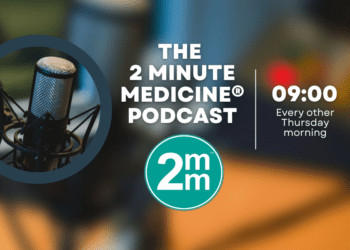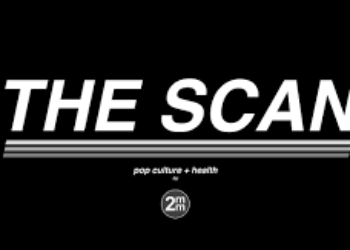Reduced HPV vaccine doses may be adequate
Image: PD
1. Immunogenicity in girls receiving 2 doses of the quadrivalent HPV vaccine was non-inferior to immunogenicity in young women receiving 3 doses at 7 months of follow-up.
2. The non-inferiority of the 2 doses regimen for HPV-18 in comparison to 3 doses regimen, as measured by antibody responses, did not persist at 24 months, although the clinical implications of this is not clear.
Evidence Rating Level: 1 (Excellent)
Study Rundown: Immunogenicity for HPV-16 and HPV-18 in girls receiving 2 doses were non-inferior to women receiving the current standard 3 doses, as assessed at 7 months (titers 1 month after final dose). This shows promise for a more efficient dosing schedule, given the global burden of disease and high costs associated with the vaccine and its administration. In the future, younger girls (9-13 years old) may be able to receive 2 doses initially, in part due to their more robust immune response as compared to young women (16-26 years old). With cervical cancer being the second most common cause of cancer mortality in women, HPV control efforts could be bolstered by a reduced dosing protocol. Nonetheless, more work is needed in studying the duration of immune response and its clinical implications. In this study, non-inferiority of HPV-18 antibody protection in girls did not persist in the 2-dose group compared to the 3-dose group of girls at 24 months. Whether this reduced surrogate marker of protection has significance in propensity to contract disease, is unclear, as only a small amount of antibody should be needed at the epithelial mucosa to be effective. Studies with a larger sample and longer follow-up assessing actual disease prevalence would be needed to draw conclusions regarding the comparison of efficacy of the dosing schedules. This well-designed study may, however, guide policy perhaps in changing dosing schedule to an initial 2 doses in girls and an optional 3rd dose in adolescence. Scheduling options in other populations such as sexually active young women and men should be examined as well.
Click to read the study, published today in JAMA
Click to read an accompanying editorial, published today in JAMA
In-Depth [randomized study]: This study examined whether 2 doses of quadrivalent HPV vaccine, given 6 months apart to girls aged 9 -13 years, resulted in immune responses noninferior to the standard 3 doses in young women aged 16-26. There were 259 girls randomized to receive 2 doses of HPV vaccine at 0 and 6 months, while 261 girls and 310 women were randomized to receive 3 doses of the same at 0, 2 and 6 months. Geometric mean Titers (GMT) ratios for HPV-16 and HPV-18 in girls receiving 2 doses were non-inferior (1.77 to 2.24 fold higher GMT) to women receiving 3 doses at 7 months. For secondary outcome of incremental protection of 3rd dose in girls, non-inferiority was demonstrated for HPV-16 and HPV-11 out to 36 months, however, HPV-18 responses at month 24 and HPV-6 at 36 months were no longer non-inferior.
By Mike Hoaglin and Rif Rahman
More from this author: Childhood migraine associated with infantile colic, Discharge diagnoses in the E.R. cannot retrospectively identify non-emergent visits, Regional wall thinning in CAD may be reversible, Corticosteroid injections for tennis elbow associated with poorer recovery versus placebo, Glucose but not fructose reduces cerebral blood flow in appetite and reward centers of brain, Sustained etanercept with methotrexate is effective for achieving low disease activity in moderate rheumatoid arthritis patients
© 2013 2minutemedicine.com. All rights reserved. No works may be reproduced without written consent from 2minutemedicine.com. Disclaimer: We present factual information directly from peer reviewed medical journals. No post should be construed as medical advice and is not intended as such by the authors or by 2minutemedicine.com. PLEASE SEE A HEALTHCARE PROVIDER IN YOUR AREA IF YOU SEEK MEDICAL ADVICE OF ANY SORT. Content is produced in accordance with fair use copyrights solely and strictly for the purpose of teaching, news and criticism. No benefit, monetary or otherwise, is realized by any participants or the owner of this domain.






